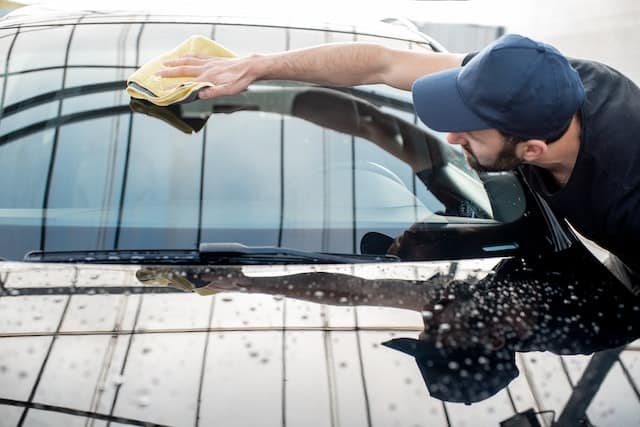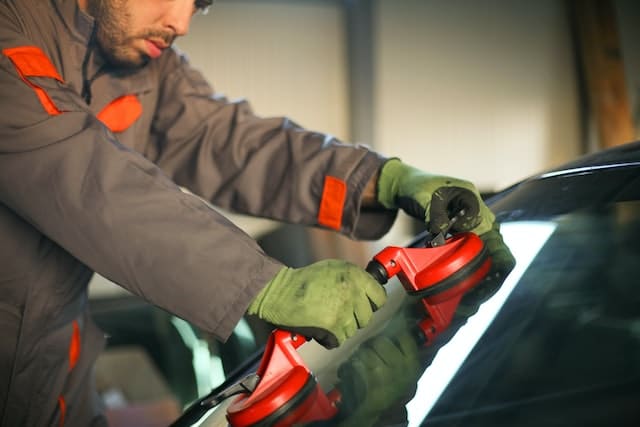
As you’re driving down the road, you hear a loud thud and suddenly notice a small crack in your windshield. It can be alarming to experience a rock hitting your windshield, but it’s important to remain calm and take the necessary steps to fix the damage. In this article, we’ll cover what to do when a rock hits your windshield and how to prevent future damage from occurring.
If a rock hits your windshield, it’s important to take the following steps to minimize the damage and ensure your safety:
- Stay calm: If a rock hits your windshield, it can be a jarring experience. Stay calm and focus on driving safely to the side of the road.
- Check for damage: Once you have stopped the car, inspect the windshield for damage. If the rock has left a small chip or crack in the glass, it may be repairable. However, if the damage is significant or extends across a large area of the windshield, it will likely need to be replaced.
- Assess the safety of the windshield: If the rock has left a chip or crack in the windshield, it’s important to assess the safety of the windshield. If the chip or crack is small and not in the driver’s line of sight, the windshield may still be safe to drive on. However, if the chip or crack is large or in the driver’s line of sight, the windshield may not be safe to drive on, and you should consider having it repaired or replaced as soon as possible.
- Repair or replace the windshield: If the damage to the windshield is repairable, you can have the chip or crack repaired by a professional auto glass shop. If the damage is too extensive to repair, you will need to have the windshield replaced.
By following these steps, you can minimize the damage caused by a rock hitting your windshield and ensure your safety on the road.
How common is it for rocks to hit windshields?

It is relatively common for rocks and other debris to hit the windshield of a car while driving, especially on roads with heavy traffic or construction. The force of the impact and the size of the rock or debris will determine the extent of the damage to the windshield. Small rocks or debris may cause a small chip or crack in the glass, while larger rocks or debris may cause more extensive damage.
There are several factors that can increase the risk of a rock hitting your windshield, including the type of road you are driving on, the condition of the road surface, and the weather conditions. For example, driving on a gravel road or a road with potholes or cracks may increase the risk of a rock hitting your windshield. Similarly, driving during a storm or in an area with high winds may increase the risk of debris hitting your windshield.
Overall, while it is relatively common for rocks and other debris to hit the windshield of a car, the extent of the damage can vary widely depending on the size and force of the impact, as well as the condition of the windshield.
